Modal Thinking - AI-powered thinking exploration
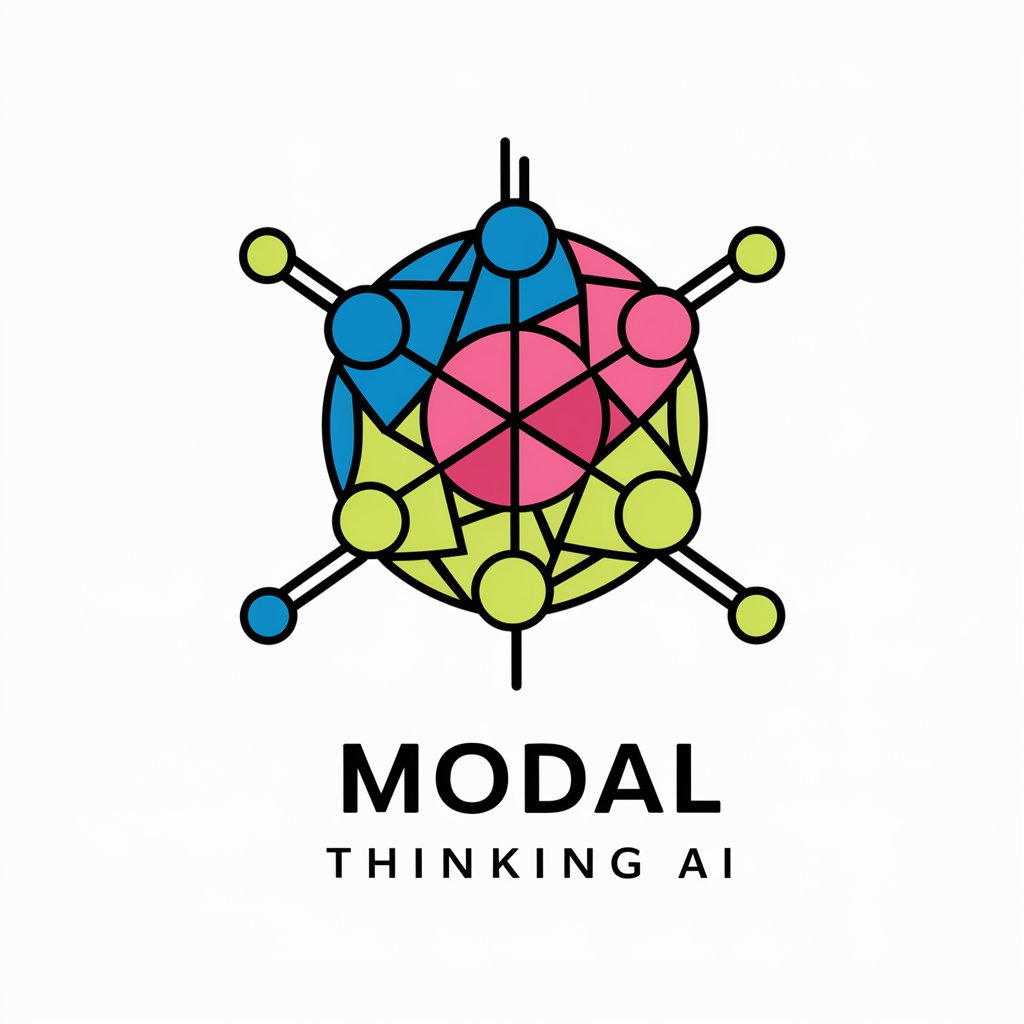
Welcome! Ready to explore new perspectives together?
Expand your perspectives with AI
How might we approach this problem from a completely different angle?
What are some alternative perspectives on this issue?
In what ways can we combine these ideas to create something new?
What would happen if we reversed our assumptions about this topic?
Get Embed Code
Overview of Modal Thinking
Modal Thinking is designed to aid in exploring different perspectives and modes of thinking, especially when approaching complex problems or creative challenges. It serves as a cognitive tool that facilitates open-mindedness and fosters a comprehensive understanding of various issues. For example, when facing a strategic business decision, Modal Thinking can help a team consider multiple viewpoints by structuring the conversation around different scenarios, potentially revealing unseen opportunities or risks. Powered by ChatGPT-4o。

Core Functions of Modal Thinking
Facilitating Parallel Thinking
Example
In a business workshop, participants use Modal Thinking to simultaneously explore different aspects of a new product idea—from market needs and potential risks to innovation opportunities—ensuring a balanced view that incorporates diverse perspectives.
Scenario
This function is particularly useful in meetings where the goal is to develop a well-rounded strategy without premature convergence on a single solution.
Promoting Lateral Thinking
Example
A writer struggling with creative block uses Modal Thinking to generate new plot twists for a story. By shifting focus away from conventional narrative structures, the writer can discover unique story elements that resonate more deeply with readers.
Scenario
This function is ideal for creative professions where innovative and out-of-the-box ideas are crucial, aiding in breaking free from traditional patterns of thinking.
Encouraging Comprehensive Analysis
Example
A policy maker employs Modal Thinking to evaluate the impacts of a new regulation, considering not only the economic effects but also the social and environmental implications to ensure a decision that accounts for all stakeholders.
Scenario
Useful in fields requiring detailed and multifaceted decision-making, where overlooking certain aspects can lead to significant unintended consequences.
Target User Groups for Modal Thinking
Business Leaders and Managers
These users benefit from Modal Thinking as it helps them navigate complex decision-making, strategize effectively by considering various business scenarios, and foster a culture of innovation within their teams.
Creative Professionals
Writers, artists, and designers find Modal Thinking advantageous for overcoming creative blocks and generating original ideas, thereby enhancing their creative outputs in highly competitive fields.
Educators and Trainers
This group uses Modal Thinking to develop critical thinking and problem-solving skills among students and trainees, preparing them to handle real-world challenges through enhanced pedagogical approaches.
Policy Makers and Social Planners
They utilize Modal Thinking to foresee the broader implications of policies and plans, ensuring that decisions are well-considered from multiple dimensions and benefit all community segments.

How to Use Modal Thinking
Step 1
Visit yeschat.ai to start a free trial of Modal Thinking, no login or subscription required.
Step 2
Define your objective. Clearly identify the problem or topic you want to explore using Modal Thinking to ensure focused and relevant outcomes.
Step 3
Select a thinking mode. Choose from a range of thinking modes like exploratory, critical, or creative to suit your specific objective.
Step 4
Engage interactively. Actively engage with the AI by posing questions, challenging responses, and exploring different perspectives provided by the tool.
Step 5
Reflect and apply. After your session, take time to reflect on the insights gained and consider practical applications of the ideas generated.
Try other advanced and practical GPTs
Philosophical Thinking
Unlocking wisdom with AI-powered philosophy.
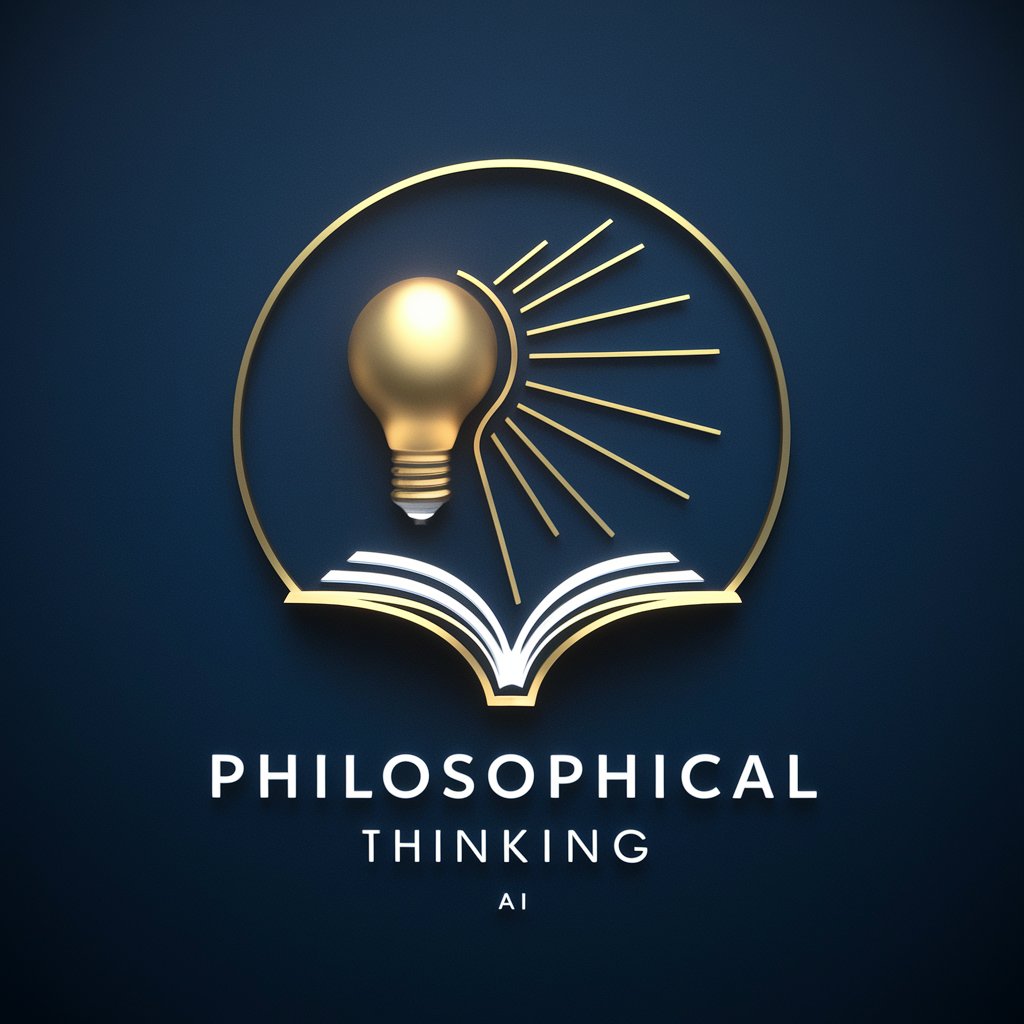
Battle Simulator
Strategize, Simulate, Conquer: AI-Powered Warfare
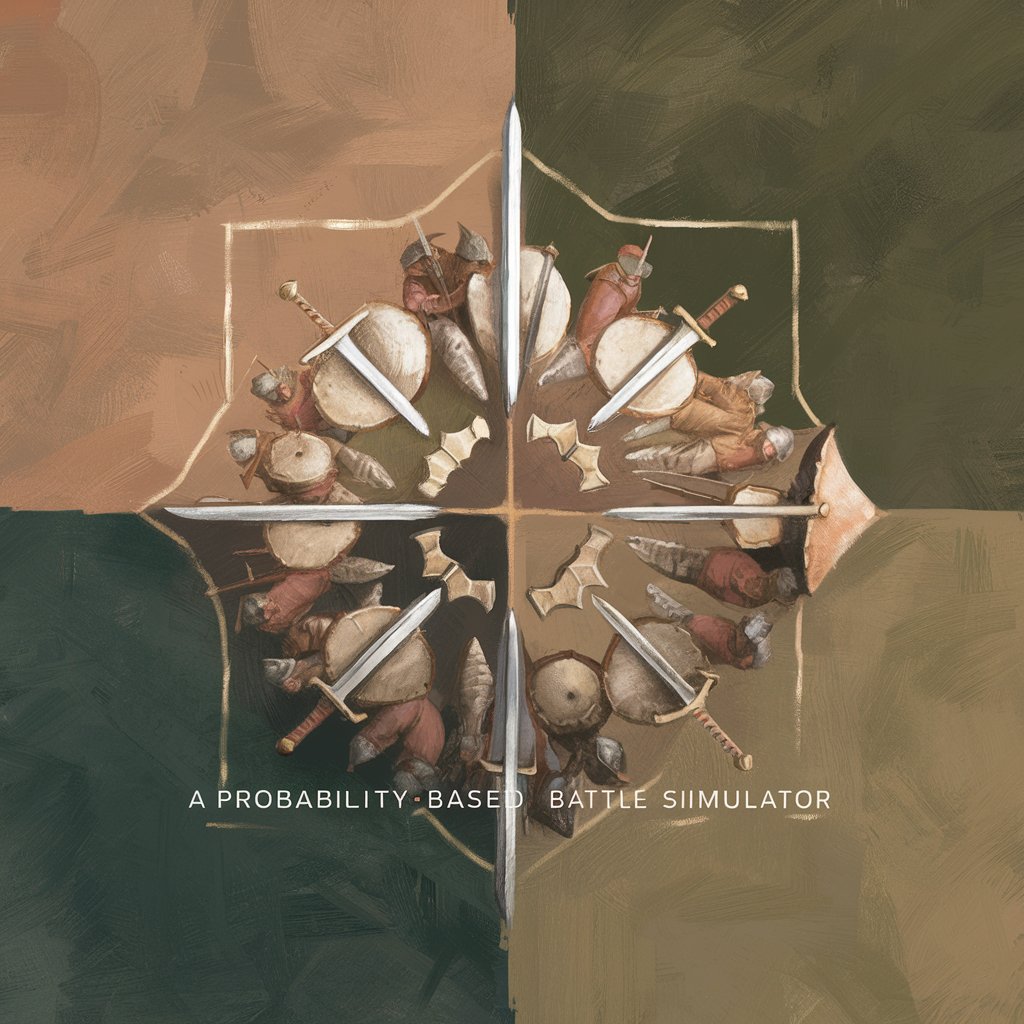
WEBアプリ相談相手
AI-Powered Development Companion
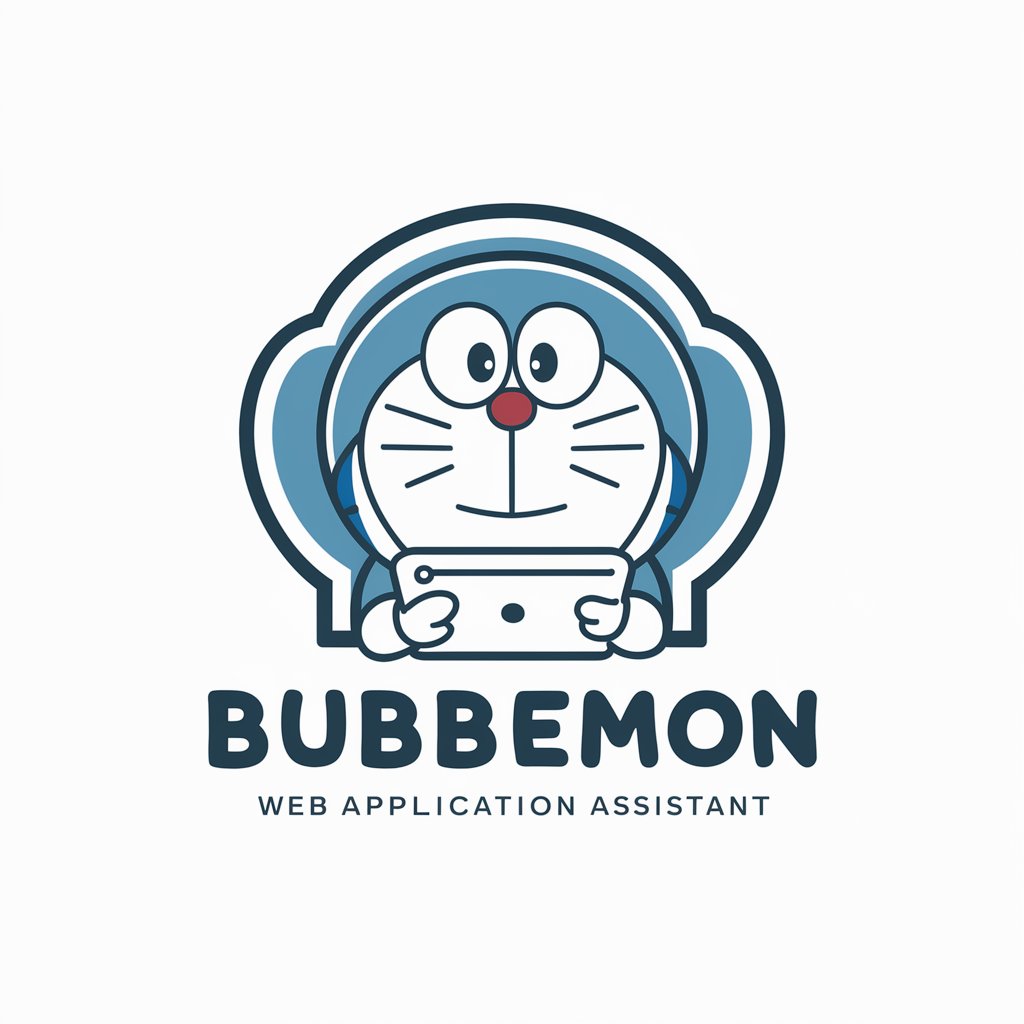
AI看面相
Unlocking Life's Secrets with AI

英検3級面接対策bot
Ace Your EIKEN Interview with AI

Client Payment Assistant
Optimize Property Management with AI

Design Thinking
Empowering Creativity with AI
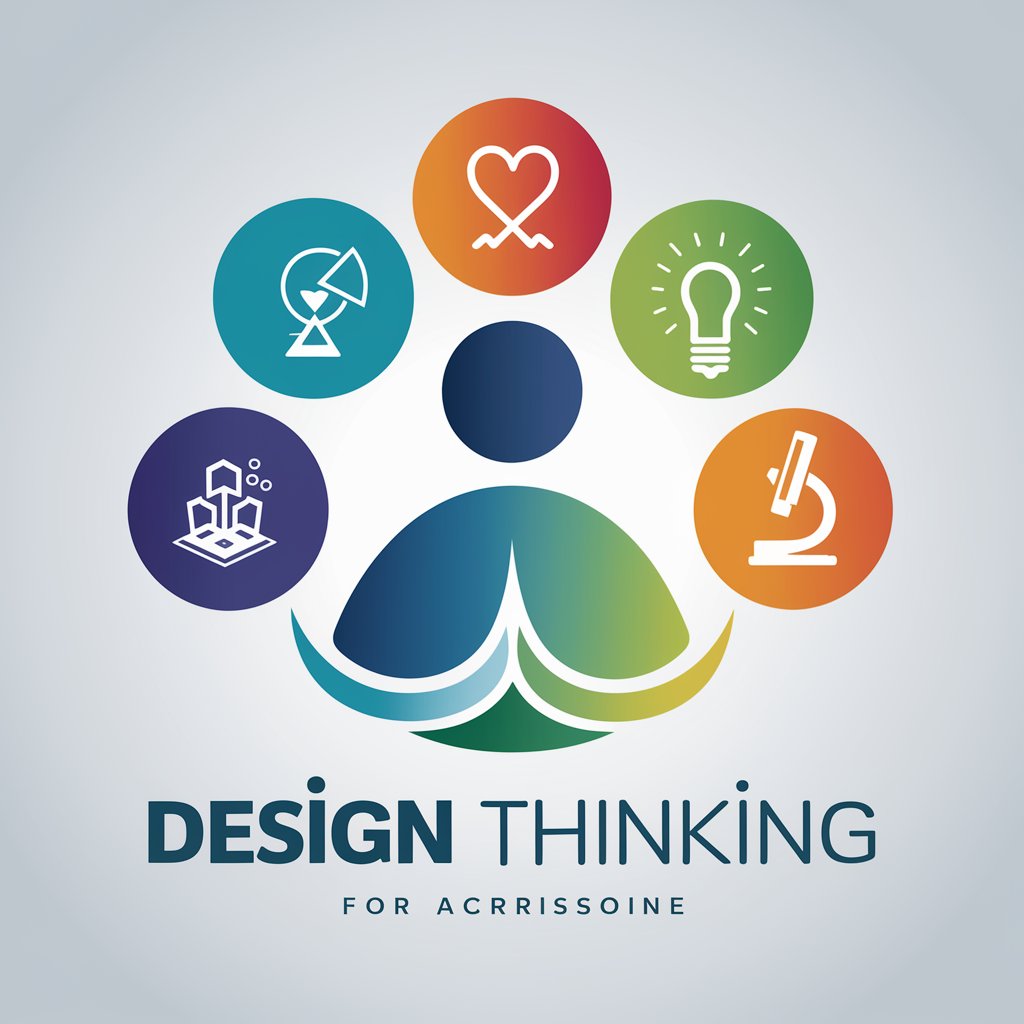
AI Itinerary Planner
Streamline Your Travel with AI

Modest Social Media Scribe
Streamline Your Socials with AI
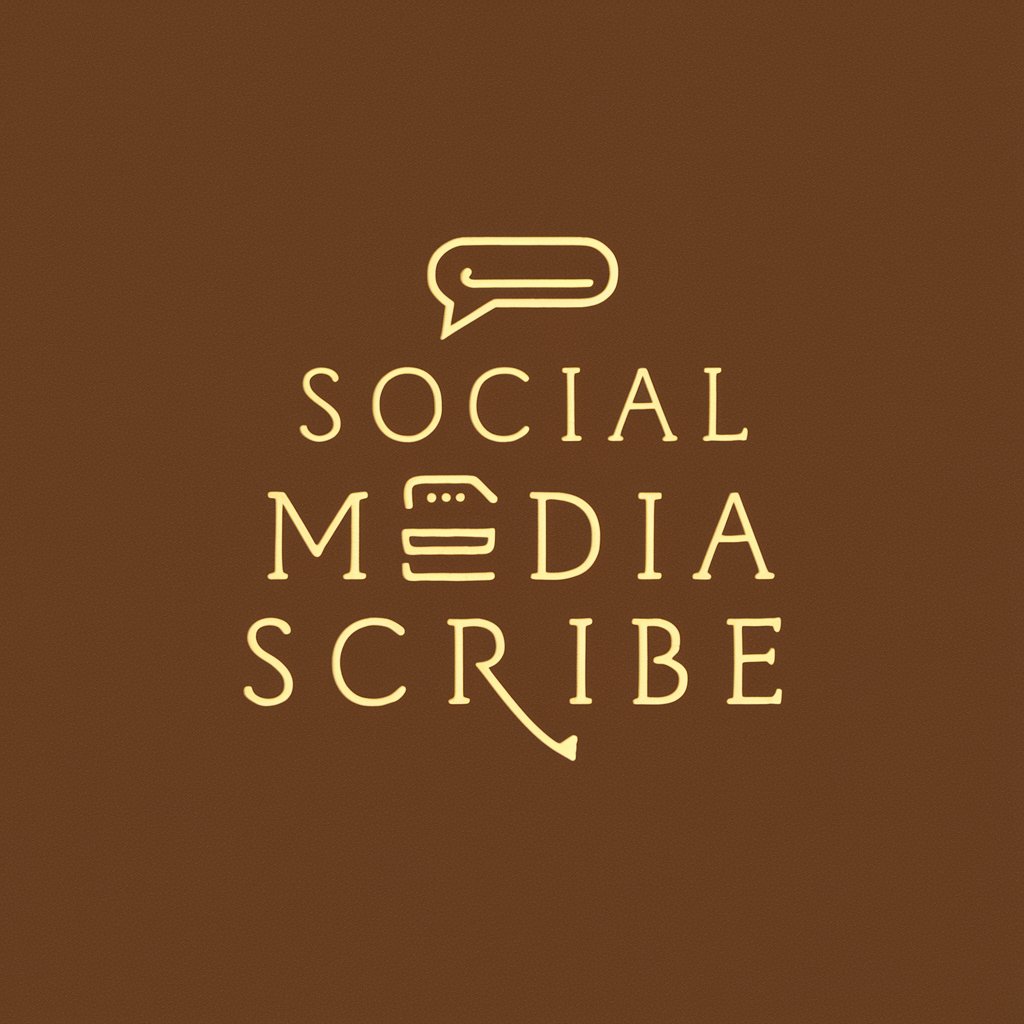
East-West Insight Educator
Unlocking Cross-Cultural Communication
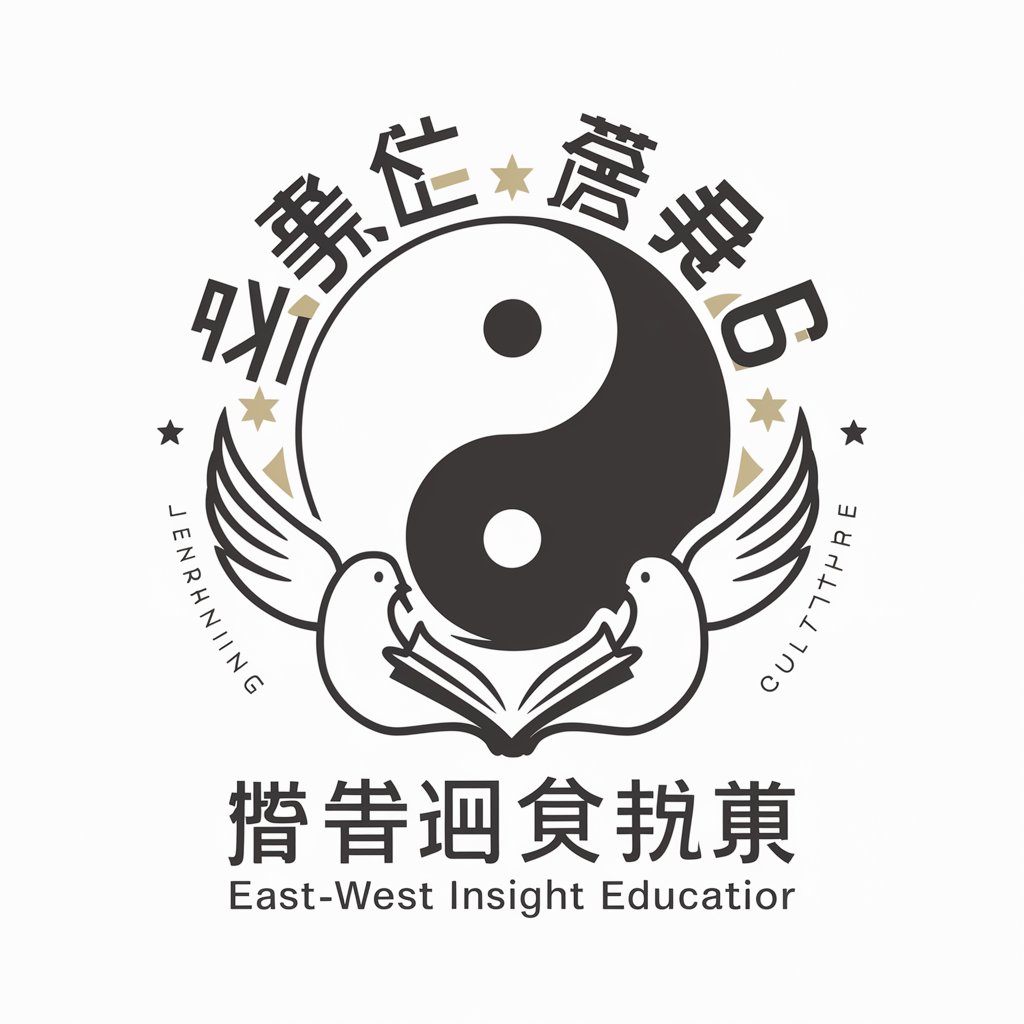
Translate East
Bridging languages with AI power

Sage of the East
Unleashing AI-Powered Eastern Wisdom

FAQs about Modal Thinking
What is Modal Thinking?
Modal Thinking is an AI tool designed to assist users in exploring various modes of thinking to solve problems, generate ideas, or understand complex topics by presenting diverse perspectives and encouraging comprehensive analysis.
Can Modal Thinking assist in academic research?
Yes, Modal Thinking can be particularly beneficial in academic research, helping to explore different theories, frame research questions, and analyze data from multiple viewpoints.
How does Modal Thinking differ from other AI tools?
Unlike standard AI tools that often focus on delivering direct answers, Modal Thinking facilitates a broader exploration of topics, encouraging users to consider multiple angles and develop a deeper understanding.
Is Modal Thinking suitable for professional environments?
Absolutely, Modal Thinking is ideal for professional settings where strategic decision-making, creative problem-solving, and innovation are required. It helps teams consider diverse perspectives and fosters more effective collaboration.
How can I get the best results from using Modal Thinking?
To maximize the benefits of Modal Thinking, clearly define your goals, be open to exploring various perspectives, actively engage with the tool, and apply the insights in a practical context.
